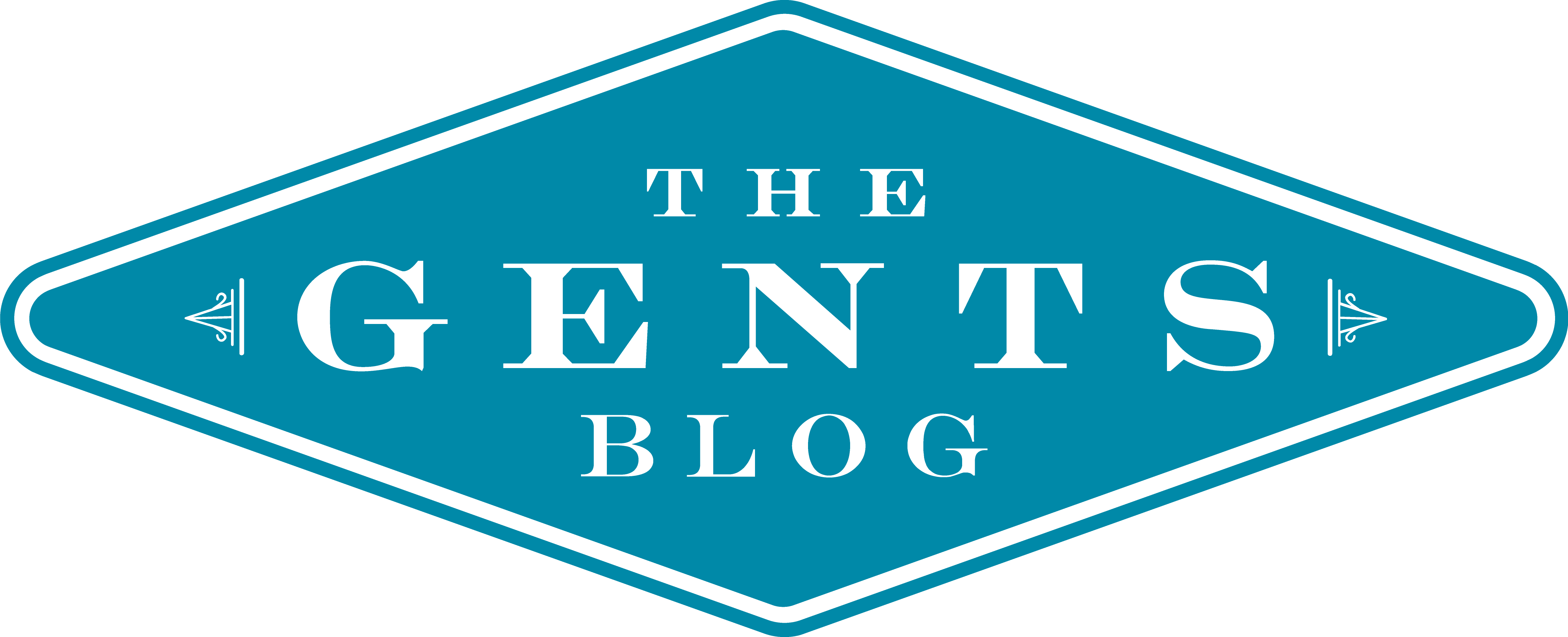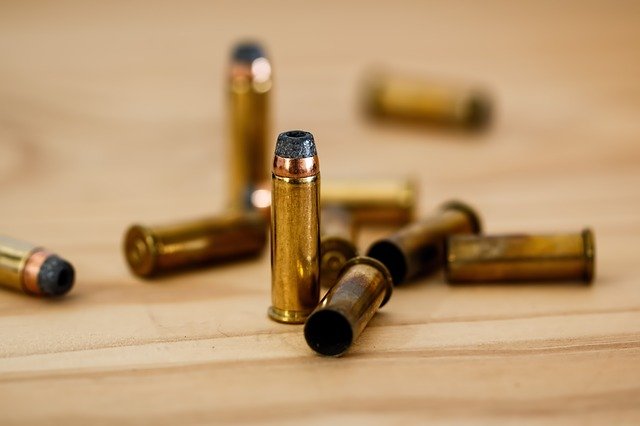The following is a guest post from Michael Denmon. He’s also written an article for us about introducing his wife to firearms. Michael is a Dad who is working on being a better man, one project at a time. Catch up with his latest attempts at Dad Level Viking.
There are three types of people in this world. Those who shoot a little. Those who shoot a lot. Then there are those who depend on those first two groups when things go bad. Those of you in groups one and two have no doubt seen the rise in cost of ammunition particularly over the last year. When the riots and attacks of federal and private buildings began in 2020, many people who previously felt that owning a gun wasn’t for them suddenly were standing in line at their local gun dealer or superstore, filling out documents and putting cold hard cash (maybe even some of that stimulus money) on the counter.
I, for one, welcome you. I hope your recognition of the importance of being able to protect yourself will lead you to make sure this right remains in our hands. Unfortunately, this massive influx of new gun ownership has also caused an increased demand for ammunition, which, coupled with supply line disruption from shutdowns, has resulted in the average price of ammunition skyrocketing.
What does that mean for the average home protection gun owner? Not much. A little less eating out, perhaps, and a little more focus on value shopping. But what does it mean for the person who shoots a lot, either for practice, fun, or work requirements? It means that their pocketbook, and ability to shoot in high volume, for whatever purpose, is now impacted. If the increased cost to practice the art of shooting isn’t enough to deter or limit their pursuit, then the lack of availability of some of the more popular calibers of ammunition will probably impact their ability to shoot on a regular basis. What are the solutions?
- We can stockpile. The problem with that is that it will also contribute to the rise in the cost of ammunition and its lack of availability.
- We can coordinate with others, sharing and trading from our own resources to get lesser-used ammunition into the hands of those who want to use it. Places to find this kind of resource include local shooting clubs, gun shows, and internet forums.
- Quite possibly the best option, however, for those with the resources to do so, is to invest in equipment and learn how to load your own ammunition.
While the re-loading community is also experiencing a lack of availability for critical items such as primers, gunpowder, and even bullets, many of them have begun to adjust and prepare for a future of potential supply chain interruptions, buying what they can now, and setting thresholds for when to re-buy or re-stock required pieces of the high-volume shooting puzzle.
For those of you unfamiliar with what is required to re-load your own ammunition, it comes down to the basic anatomy of a round of ammo. You’re going to need:
- a brass shell/case to load everything into, and
- a primary explosive, aka a primer, that sets off the chemical reaction that leads to the “pow” we hear when a gun is fired
For shotgun shells, or black powder rifles, you can also factor in a wadding that provides a sort of baffle for backpressure, so that the gases can expand enough to create the explosive force required to get a projectile to travel greater than the speed of sound. The wadding also serves as a sort of cupping force to keep the separate shot together until after leaving the barrel of a long gun.
Each part of the loading process requires specific tools and instruments. The good news is that the equipment can be pretty readily had, and is easy to learn how to use via online videos. There are some things to consider, however, before putting your money to good use and setting off on the trail of self-supply.
Typically, re-loaders mainly focus on supplying their own ammunition for the purpose of target shooting. Because there’s an uneven level of quality control in sourcing materials for re-loading, there can be the occasional risk of misfires or errant shots. Neither of those are a real problem for practice on the range, but might be fatal in a life-threatening situation, to say nothing of potential legal culpability if you use those re-loads for deadly force situations. In fact, some gun owner communities have shared a concerning trend of attorneys utilizing the practice of loading your own ammunition as “evidence” of pre-meditation or an overzealous desire to use ammunition for deadly force.
Whichever method of ammunition supply you feel is the best for your own needs, I advise you to act now, sensibly, and decisively. While I am sure that producers of ammunition are doing their best to catch up with supply demands, having outside sources impact your own source of enjoyment or protection is a problem we can address now to avoid future concerns.
How have you been dealing with the shortages and pricing in the ammo market? Share with us in the comments below.



